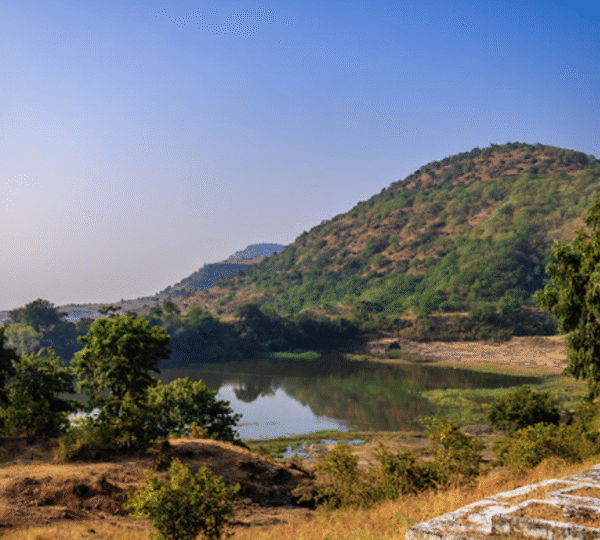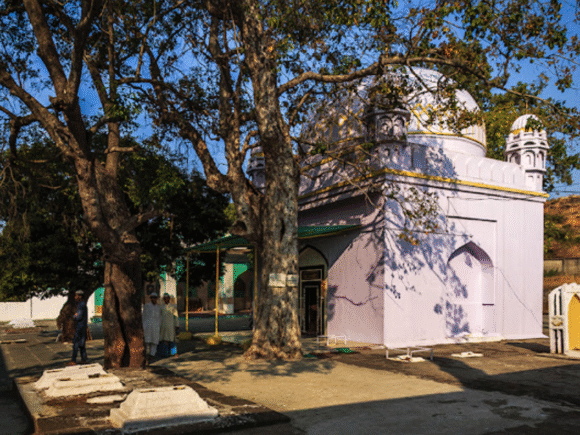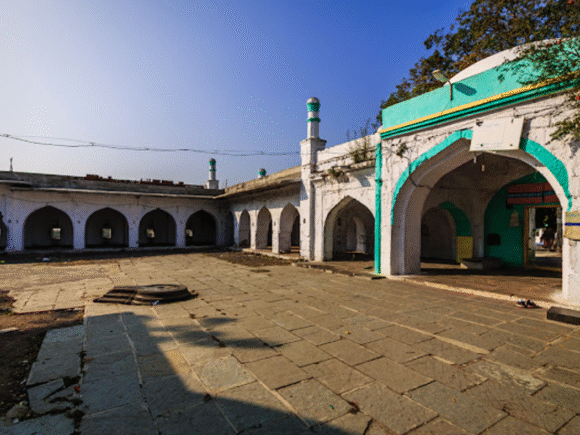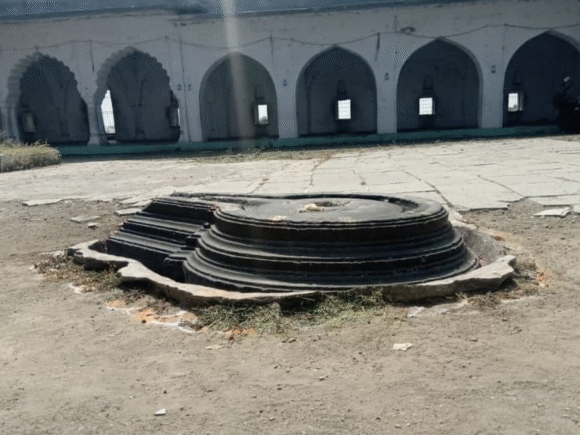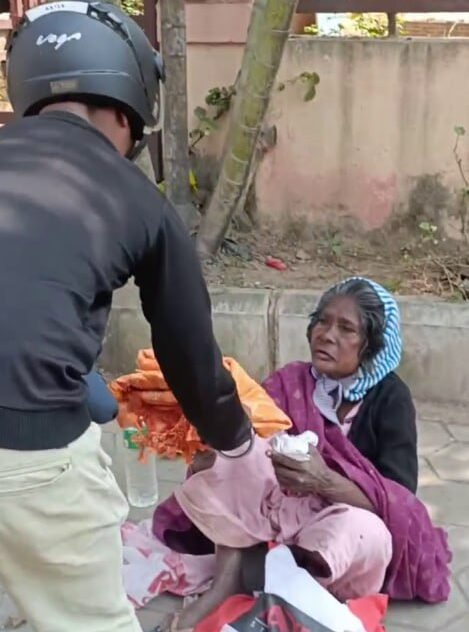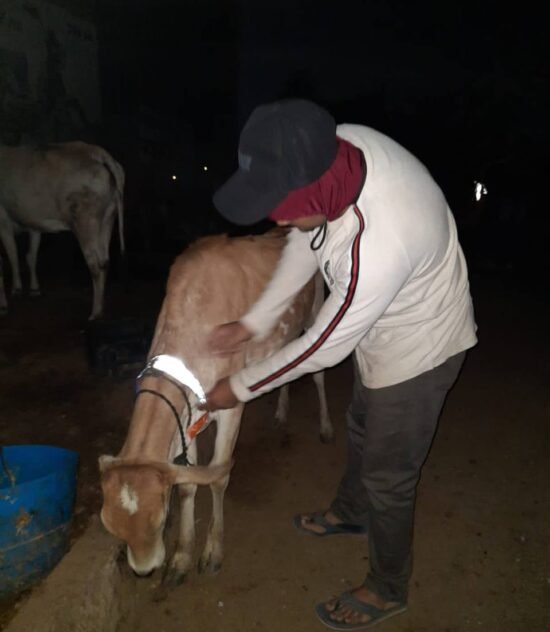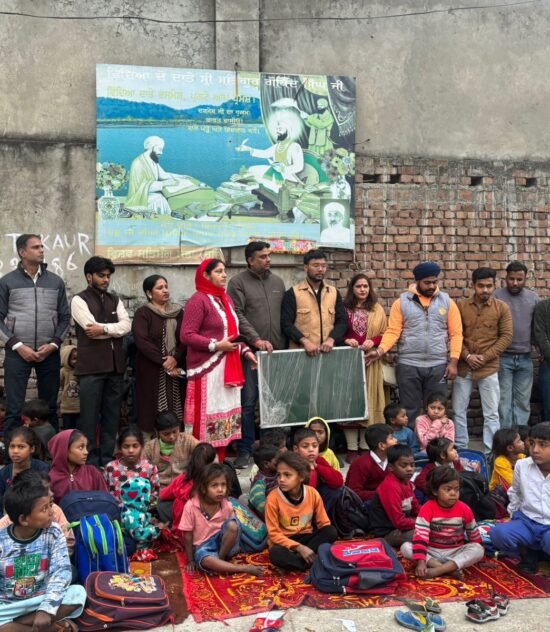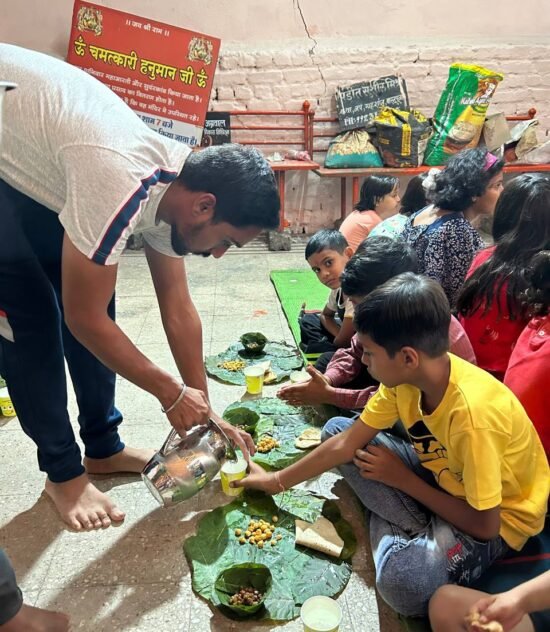Devagiri – Khuldabad, Maharashtra
Temple Heritage & Lost Sacred Sites
Historical Documentation & Awareness
A few years ago, if you had asked me why temples were the first targets of invaders, I would have said it was because of their immense wealth and significance as places of worship for Hindus. Reflecting on it now, I realize that answer was only half the truth. Yes, they plundered temples for their riches and desecrated idols out of hatred for the Hindu faith — but that wasn’t the whole story.
If destruction was the goal, why build mosques, dargahs, or churches atop those ruins?
As I searched deeper, I came across a picture that would change how I understood everything. It led me to Devagiri — the once-grand capital of the Yadavas, now known as Daulatabad — and then to a nearby town called Khuldabad, where the answers awaited.
There, beside a serene lake known as Pariyon ka Talab (Lake of the Fairies), stood a dargah dedicated to the Sufi saint Sheikh Shah Jalaluddin Ganj-e-Rawa. Pilgrims came seeking blessings for fertility. But history whispered another tale — that before the saint, before the dargah, and long before the conquest, this land was home to magnificent Hindu temples. The lake had been sacred to Hindu women, a place of divine blessings and life energy.
The invaders didn’t just destroy the temples — they appropriated their power. Unable to erase the spiritual force of the land, they renamed it, repurposed it, and rewrote its story. Standing before the shrine’s courtyard, I found a Yoni, the sacred symbol of the Goddess — a fragment of the original temple that once stood there.
That’s when I realized the truth: this was not coexistence. It was spiritual colonization — an attempt to control faith, history, and memory itself.
Restoration, I understood, is not merely rebuilding stones. It’s about reclaiming energy, identity, and the truth of our civilization.
This is where our journey begins.
This is Ramdoot Restores.
Our Approach to This Project
In this project, our focus was not on physical restoration but on uncovering the truth behind the site’s transformation. We explored the region, documented its present condition, and matched our findings with old records, maps, and historical documents.
Through detailed observation and comparison, we identified traces of the original temple structures — fragments of sculptures, foundation stones, and sacred elements that aligned with historical accounts.
By piecing together these visual and textual clues, we were able to reconstruct the forgotten story of the site — revealing how its sacred identity was altered over centuries. Our role was to capture, document, and preserve this truth for future restoration and public awareness.
Join our growing community of volunteers, donors, and researchers working together to revive India’s ancient spiritual heritage.
Our missions
To restore temples not just as monuments, but as living centers of faith and culture. We aim to document, conserve, and revive forgotten heritage — one sacred site at a time.
Donate for them
Your support helps us rebuild temples, revive local craftsmanship, and restore pride in our cultural identity. Even a small donation goes a long way toward preserving India’s sacred heritage for future generations.


